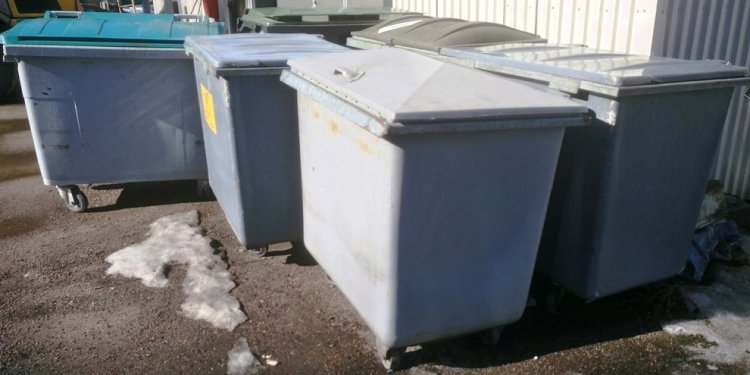
Formaldehyde Waste Disposal
Toxic Substances Control Act
The Toxic Substances Control Act (TSCA) gives EPA authority to require reporting, recordkeeping and testing requirements, and restrictions relating to chemical substances and/or mixtures. In addition to TSCA Title VI, which applies to formaldehyde emissions from composite wood products, the Act regulates significant new uses of formaldehyde pursuant to Section 5(a)(2) of TSCA. Such regulations are listed at 40 CFR Part 721, Subpart E.
Resource Conservation and Recovery Act
The Resource Conservation and Recovery Act (RCRA) gives EPA the authority to control hazardous waste from the "cradle-to-grave." This includes the generation, transportation, treatment, storage, and disposal of hazardous waste. RCRA also set forth a framework for the management of non-hazardous solid wastes. The 1986 amendments to RCRA enabled EPA to address environmental problems that could result from underground tanks storing petroleum and other hazardous substances.
Clean Water Act
The Clean Water Act (CWA) establishes the basic structure for regulating discharges of pollutants into the waters of the United States and regulating quality standards for surface waters. Under the CWA, EPA has implemented pollution control programs, such as setting wastewater standards for industry and water quality standards for all contaminants in surface waters. Section 311(b)(2)(A) regulates discharges of hazardous substances, including formaldehyde. The list of designated hazardous substances, including formaldehyde, is found at 40 CFR 116.4. A table of reportable quantities of hazardous substances, including formaldehyde, and applicability, notice, and liability provisions are found at 40 CFR 117.
Clean Air Act
Under the Clean Air Act (CAA), EPA sets limits on certain air pollutants, including setting limits on how much can be in the air anywhere in the United States. The Clean Air Act also gives EPA the authority to limit emissions of air pollutants coming from sources like chemical plants, utilities, and steel mills. Individual states or tribes may have stronger air pollution laws, but they may not have weaker pollution limits than those set by EPA. Formaldehyde is designated as a hazardous air pollutant pursuant and regulated pursuant to national emission standards at Section 112.
National Emission Standards for Hazardous Air Pollutants under the CAA
Section 112(d) states that EPA must promulgate regulations establishing emission standards (NESHAP) for each category or subcategory of major sources and area sources of HAPs [listed pursuant to Section 112(c)]. The standards must require the maximum degree of emission reduction that the EPA determines to be achievable by each particular source category. Different criteria for maximum achievable control technology (MACT) apply for new and existing sources. Less stringent standards, known as generally available control technology (GACT) standards, are allowed at the Administrator's discretion for area sources.














